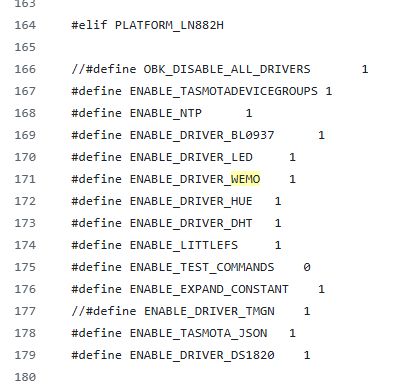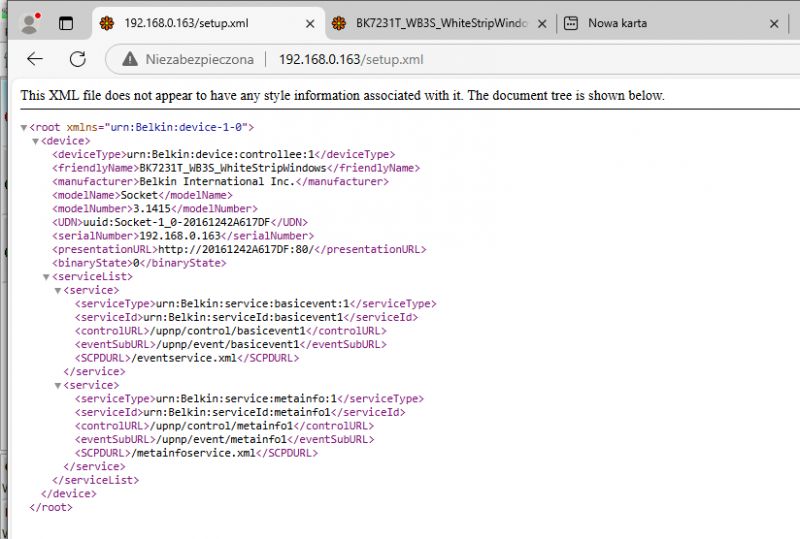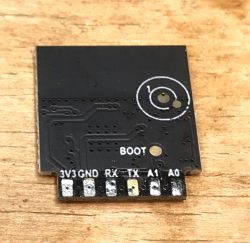>>21320676
sure, add loop is also solution
sure, add loop is also solution
Czy wolisz polską wersję strony elektroda?
Nie, dziękuję Przekieruj mnie tam



p.kaczmarek2 wrote:, but I think it would be good to try to include such issues in the self tests,
io2345 wrote:This method
max4elektroda wrote:I just think this tests sometimes have a limited use case: if a test is written after a bug was corrected, it can only help if the code in question is changed incorrectly in the future.
max4elektroda wrote:I think I finally found it - see https://github.com/openshwprojects/OpenBK7231T_App/pull/1441
divadiow wrote:3. Fix the problem that the address may be calculated incorrectly during OTA file download and writing to flash

divadiow wrote:indeed, but why isn't it controllable? are RX/TX GPIOs always fixed high? The datasheet says FULLMUX, like other controllable GPIOs...
notzed wrote:so setting the port to input or output still leaves it operating as uart1 tx.


http://192.168.0.163/setup.xml

max4elektroda wrote:But I don't know what happenes to all the logs if UART is not present...
poldim1 wrote:anyone know if there is a way to flash this from a mac/linux? I no longer have any PC's in the house...
notzed wrote:I found the logs setup on UART0 (A8/A9) initialised sdk/OpenLN882H/components/utils/debug/log.c.
And some 'AT console' on UART1 (A2/A3 marked TX/RX) at sdk/OpenLN882H/components/ln_at/ln_at.c, but it doesn't seem to do anything particularly useful.



notzed wrote:Configuring the pins as gpio properly seems to work as expected, the uart is running but doesn't go anywhere and the REST logs still work.




